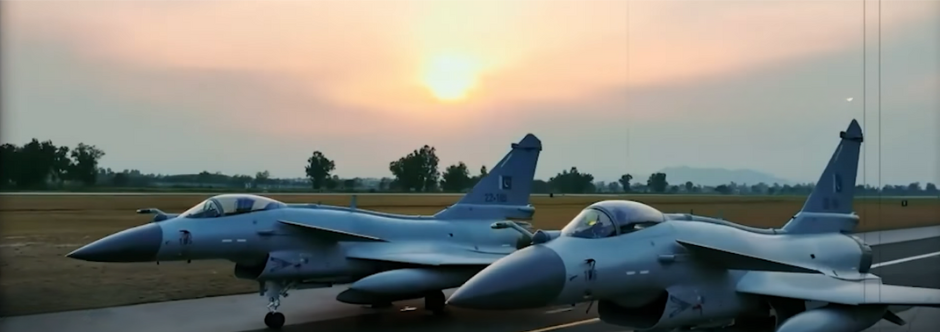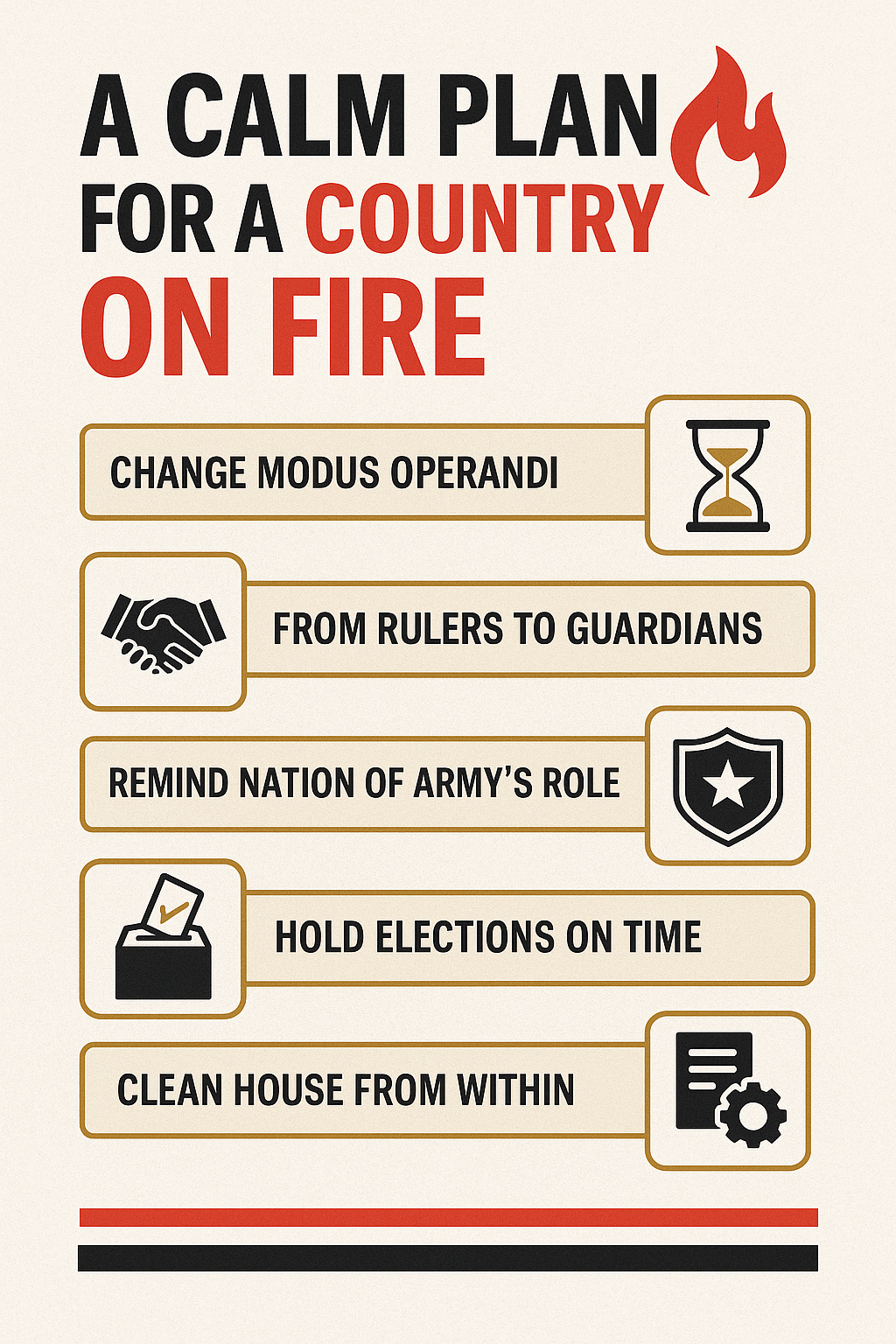The story about the recent India-Pakistan aerial skirmish that has quietly, yet decisively, redrawn the global balance of military power. And no, it is’nt just about the two old rivals firing shots across the border. The real plot twist? China’s military tech stood tall, maybe even a little taller, against the traditionally invincible Western systems.
So, let’s dive in. Let me walk you through the fascinating, and frankly shocking, details of this emerging reality.
The Indo-Pakistan War: A Showcase of Chinese Firepower
The world watched in disbelief as Pakistan’s Chinese-made J-10C fighter jets, armed with deadly PL-15 air-to-air missiles, brought down India’s shiny French-made Rafales.
The numbers tell the story:
- Rafale: $100–284 million per plane
- J-10C: $40–50 million per plane
This wasn’t just a tactical win for Pakistan; it was a strategic announcement of China’s arrival as a top-tier military supplier.
China’s Military Tech: Fast, Cheap, and Deadly
For years, Chinese weapons were dismissed as low-quality imitations. That narrative is collapsing.
- J-10C: Modern 4.5-gen multirole fighter with AESA radar and powerful PL-15 missiles
- J-20 Mighty Dragon: China’s own 5th-gen stealth fighter, flying and in production
- 6th-generation prototypes: Already flown in China, while the US still debates PowerPoint slides
China also doesn’t tie weapon sales to foreign policy demands. That’s a major incentive for buyers like Pakistan and potentially Egypt.
The West’s Arsenal: Premium Tech, Premium Price
Make no mistake, Western fighter jets are still technological marvels:
- F-22 Raptor: The undisputed air dominance king
- F-35 Lightning II: Stealthy, multirole, networked warfare platform
- Dassault Rafale: Europe’s “omnirole” workhorse with exceptional flexibility
But there’s a catch: the sky-high prices and increasingly slow production cycles are frustrating even the most loyal allies.
🛡️ The Ultimate Modern Fighter Jet Comparison: USA, France, China
| Feature | F-22 Raptor (USA) | F-35 Lightning II (USA) | Dassault Rafale (France) | JF-17 Thunder (China/Pakistan) | J-10C (China) | J-20 Mighty Dragon (China) |
|---|---|---|---|---|---|---|
| Generation | 5th | 5th | 4.5th | 4th | 4.5th | 5th |
| Role | Air superiority | Multirole stealth | Multirole | Multirole | Multirole | Stealth air superiority |
| Stealth | Full stealth | Full stealth | Low observability only | Minimal stealth shaping | Reduced RCS + radar absorbent materials | Full stealth |
| Engines | 2 x F119 | 1 x F135 | 2 x M88-2 | 1 x RD-93 or WS-13 | 1 x WS-10B | 2 x WS-10 or WS-15 (future) |
| Max Speed | Mach 2.25 | Mach 1.6 | Mach 1.8 | Mach 1.6 | Mach 2.0 | Mach 2.0 |
| Combat Range | ~760 km | ~1,100 km | ~1,850 km | ~1,200 km | ~1,700 km | ~1,200 km |
| Maneuverability | Thrust-vectoring, unmatched agility | High agility, no thrust vectoring | Excellent agility (no TVC) | Moderate agility | High agility, no TVC | High agility, possible TVC |
| Avionics | AN/APG-77 AESA, unmatched sensors | AN/APG-81 AESA, sensor fusion | RBE2 AESA radar + Spectra EW | KLJ-7 radar (Block I/II), AESA on Block III | AESA radar, EW suite | AESA radar, EW + advanced data links |
| Weapons Load | Internal + external | Internal + external | Primarily external | External only | External only | Primarily internal + external |
| Missiles | AIM-120D, AIM-9X | AIM-120D, AIM-9X, guided bombs | MICA, Meteor, SCALP | PL-5, PL-9, PL-12, SD-10 | PL-15, PL-10 | PL-15, PL-10, possible PL-21 |
| Unit Cost (approx.) | ~$200M | ~$80–110M | ~$100–120M | ~$25–35M | ~$40–50M | ~$110–120M |
| Export Policy | US only | Widely exported | Widely exported | Export-focused (Pakistan) | Export-ready | Not exported |
| Production Status | Out of production | Full production | Full production | Full production | Full production | Limited production (China only) |
| Unique Feature | Stealth + super agility | Stealth + multirole + sensors | Versatility + EW + nuclear capable | Budget performance champion | Best value multirole + PL-15 missile | China’s stealth flagship |
🚀 The Big Picture: Who Wins?
| Category | Best Jet |
| Stealth | F-22, J-20 |
| Air Superiority | F-22, J-20 |
| Multirole Flexibility | F-35 |
| Cost-Effectiveness | JF-17 |
| Export Friendliness | Rafale, JF-17 |
| Missile Range | J-10C (PL-15), J-20 (PL-15) |
| Production Scalability | JF-17, J-10C |
Conclusion:
The F-22 and F-35 represent the peak of Western aerospace dominance, but China has caught up dramatically. The J-20 is now a credible stealth threat. The JF-17 and J-10C offer unbeatable value to smaller nations that can’t (or won’t) buy American or European jets.
What This Means for the Future of Air Warfare
The India-Pakistan clash wasn’t just a regional conflict. It was the world’s first sneak peek into the future of aerial combat: the rise of low-cost, high-tech challengers against traditional superpowers.
The US and its allies still lead in cutting-edge technology, stealth, and networked combat, but China’s mix of price, availability, and scalable production is rewriting the global arms race rulebook.
The future will be dominated by:
- Unmanned drones & autonomous fighter swarms
- Hypersonic missiles
- Electronic warfare & cyber weapons
- Rapid mass production over elite exclusivity
We are entering an era where air dominance won’t just be about who has the “best” plane but who has more planes, faster replacement rates, and deeper industrial muscle.
My advice? Buckle up. The skies of tomorrow are going to get very, very crowded.




Leave a Reply